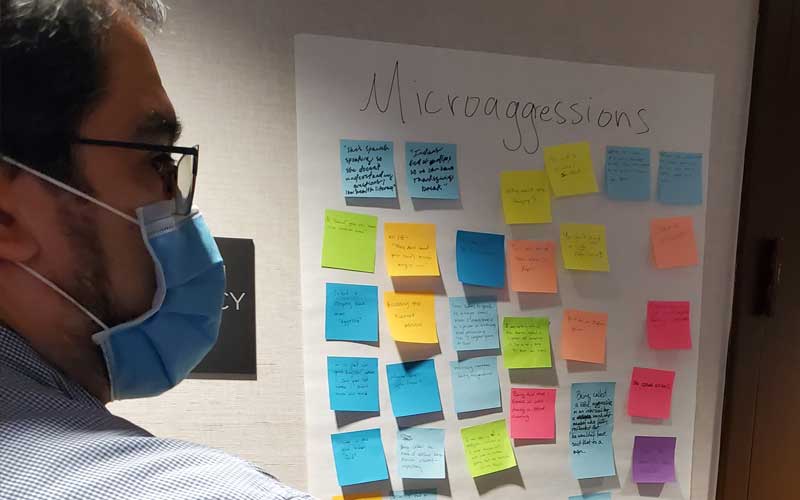
STFM Antiracism Learning Collaborative Meets in Kansas City
April 22, 2022—Dyads participating in the STFM Academic Family Medicine Antiracism Learning Collaborative completed a two-day training session in Kansas City on April 11-12. Seminars/workshops included:
- Learning and Unlearning: Examining the Structural Barriers to Becoming Antiracist Academic Family Medicine Departments/Programs
- From Bystander to Upstander
- Dominant Cultural Norms: Recognize and Reshape
See the full training session agenda (pdf).
The Academic Family Medicine Learning Collaborative is an IRB-approved study to measure the effectiveness of training and implementation of various projects and strategies to:
- Empower and educate participants so they will identify racist structures and behaviors within their academic institutions and become leaders for change
- Promote allyship
- Spread effective change strategies
Between January 2022 and September 2023, dyads will attend two full-day in-person sessions and five virtual sessions and work on projects to reduce racism within their institutions. Pairs have been assigned mentors who are providing guidance and expertise.
This project is supported by a grant from Adtalem Global Education Foundation.






